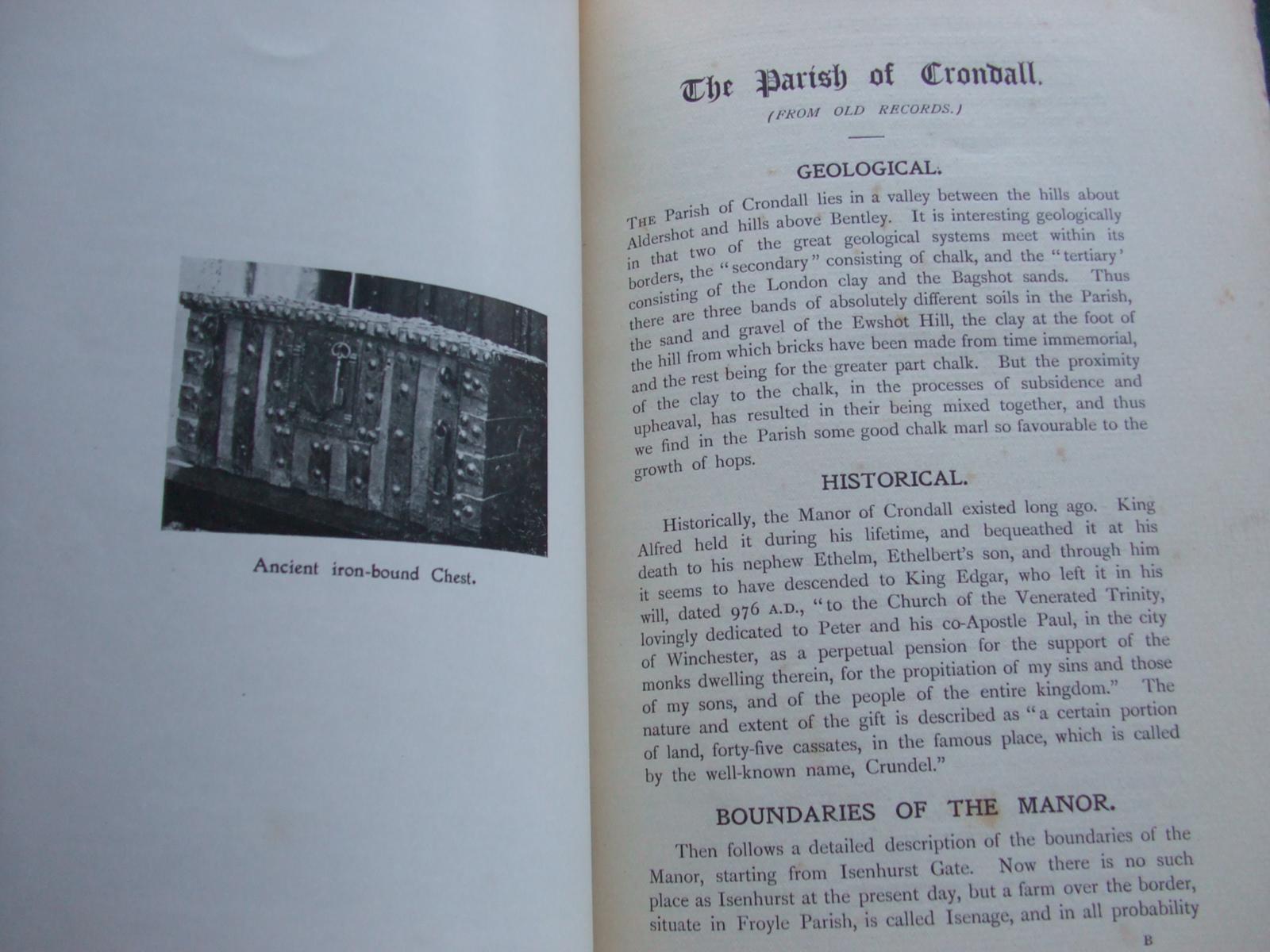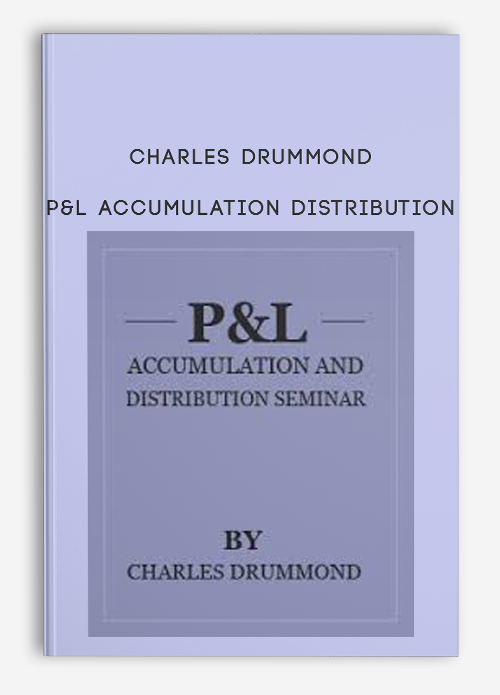Charles Drummond on Advanced P&L by Charles Drummond 547 pp. (1980) The following is a copy of the 'Introduction' to the 'Advanced P&L' book.This is a major work; it was written due to the interest created by 'How to Make Money in the Futures Market and Lots of It'. Charles Drummond on Advanced P & L $1,500.00 Add to cart; Deep Learning – Hypnosis CD by Ted Hearne $35.00 Add to cart; How to Make Money in the Futures Market And Lots of It! $150.00 Add to cart; Knowing Where the Energy is Coming From by Charles Drummond $500.00 Add to cart; P&L Accumulation and Distribution Seminar by Charles Drummond.
Drummond geometry is a trading method consisting of a series of technical analysis tools invented by the Canadian trader Charles Drummond starting in the 1970s and continuing to the present (2010).[1] The method establishes support and resistance areas in multiple time periods and uses these to determine high probability trading areas.[2]
- Donald Charles Drummond August 13, 1941 – May 16, 2019 Don was born in Chicago, Illinois on August 13, 1941 and lived there until he transferred with Amoco Oil to the KC area, then to Des Moines, IA and Tulsa, OK until he retired from BP Amoco in 1998, after 37 years, and returned home to the KC area again.
- Follow Charles Drummond and explore their bibliography from Amazon.com's Charles Drummond Author Page.
Drummond geometry consists of the following:[2][3]
- Short term trend lines based on two bars in various configurations.
- Short term 3-period displaced moving averages.
- An envelope consisting of two trading bands.
- Co-ordination of these elements in three or more time frames.
Typical timeframes vary according to the trader's goal:
Daily, weekly, monthly for swing tradersDaily, Monthly, quarterly and yearly for long-term position traders.15-minute, hourly, and daily for intraday traders
The usual moving average length for the envelopes and midline is 3-periods.
The method also relies on a moving average based on the 'PL Dot'. The formula for the PL Dot is the average of the high, low, and close of the last three bars, displaced forward one bar:[4]Each completed bar generates a new PL dot and this series of dots form a moving average, which is plotted either as a continuous line or as an individual dot on each bar. Both the dot itself and the moving average formed by the dots are by convention called the 'PL Dot.'
Indicators derived from Drummond geometry[edit]
Indicators developed for the efficient application of P&L charting or Drummond geometry include the assemblage of several P&L lines and levels into groups that represent future support and resistance 'zones,' which are further classified into 'nearby' and 'further-out' support and resistance areas.


Other indicators include multiple time period overlays of support and resistance from one time period onto a lower time period, for example from a daily time period onto an hourly chart, or of monthly and weekly overlays onto a daily chart.
Recent Enhancements[edit]
Recent enhancements include the 'EOTEM' or 'pipes' indicators which combine momentum indicators, and predicted resistance and support areas. The 'pipes' indicator includes elements from traditional Drummond geometry as well (the trading bands and the 'PL dot moving average).
Effectiveness[edit]
Statistical studies show positive effectiveness of the predicted support and resistance levels established by Drummond geometry. Individual traders have reported both better and worse results as the trading approach requires traders to recognize signals and take action on them, and that skill varies by individuals.[5]A raw statistical analysis of the tools has been published; see this research report chart created by a Drummond analyst:Efficiency of Drummond P&L Lines Holding or Breaking This statistical analysis is misleading, caveat emptor. If the line is not approached it should not be included in the statistical category called hold. A category showing statistics for closes far away from a line is misleading if price was never near the line in the beginning.
Statistical properties[edit]

The short-term moving average known as the PL dot has a sensitive response to changes in trend conditions due to the short (three-period) averaging scale and the nature of the components which include in the average the highs and lows as well as the close,[6] thus taking into consideration the volatility as well as the resting place of the period being measured.[7]The 'Drummond Lines' or short-term two-bar trend lines can be shown to project support and resistance effectively,[8] which the methodology then takes as a starting point and works to improve these odds by specifying which tools should be used under which circumstances.
Further reading[edit]
Books and publications by Charles Drummond
How to Make Money in the Futures Market…and lots of it! By Charles Drummond.1978, 575 Pages. Hearne Associates/Drummond Publications (Chicago).
Charles Drummond on Advanced P&L, by Charles Drummond. 1980, 547 pages. Hearne Associates/Drummond Publications (Chicago).
The P&L Labs, by Charles Drummond. 1981, 260 pages. Hearne Associates/Drummond Publications (Chicago).
The 1-1 Paper, by Charles Drummond. 1985, 277 pages. Hearne Associates/Drummond Publications (Chicago).
The Energy Paper, by Charles Drummond. 1991, 18 pages, Hearne Associates/Drummond Publications (Chicago).
P&L Accumulation/Distribution: Knowing When to Trade, by Charles Drummond. 1993, 185 pages. Hearne Associates/Drummond Publications (Chicago).
Knowing Where the Energy is Coming From, by Charles Drummond. 1995, 190 pages. Hearne Associates/Drummond Publications (Chicago).

Pattern Picking, by Charles Drummond. 1996, 22 pages. Drummond Publications.
Predicting Next Week’s Range (& understanding how the daily plays it out), by Charles Drummond. 1996, 62 pages.
Psycho Paper ’96: P&L’s Connection with Awareness, by Charles Drummond. 1996, 160 pages. Hearne Associates/Drummond Publications (Chicago).
The Lessons, a series of 30 multi-media lessons, by Charles Drummond and Ted Hearne, 1997–2001.[9]
Charles Drummond On Advanced P&ll
References[edit]
- ^John R. Hill, George Pruitt, 'The Ultimate Trading Guide' New York Wiley 2000 ISBN978-0-471-38135-8
- ^ abDavid Keller, 'Breakthroughs in Technical Analysis; New Thinking from the World's Top Minds', 2007, New York, Bloomberg Press ISBN978-1-57660-242-3
- ^Paul Leo and Peter Temple, 'The Ultimate Technical Trading Software', 2003, New York, Wiley Publishing, ISBN978-0-470-82084-1
- ^'Mapping Future Activity', by Ted Hearne, ChartPoint Magazine (Singapore) March 2002
- ^Mark Douglas, 'Trading in the Zone', New York, New York Institute of Finance, 2000, p. 96-97.
- ^'Geometria Drummonda, Wyprzedzic' Tlum', Parketiet Gazeta Gieldy Profesjonalny Inwestor, Warszawa, (Pazdziernik '99) pp. 8–9. ISSN1231-2207
- ^* 'Ahead of the crowd', by Ted Hearne, Futures Magazine (June, 1999, pp.44–46)
- ^http://www.drummondgeometry.com/lines_summary.png
- ^http://www.drummondgeometry.com, June 2008
External links[edit]
Charles Drummond On Advanced P&l Practice
